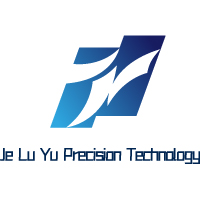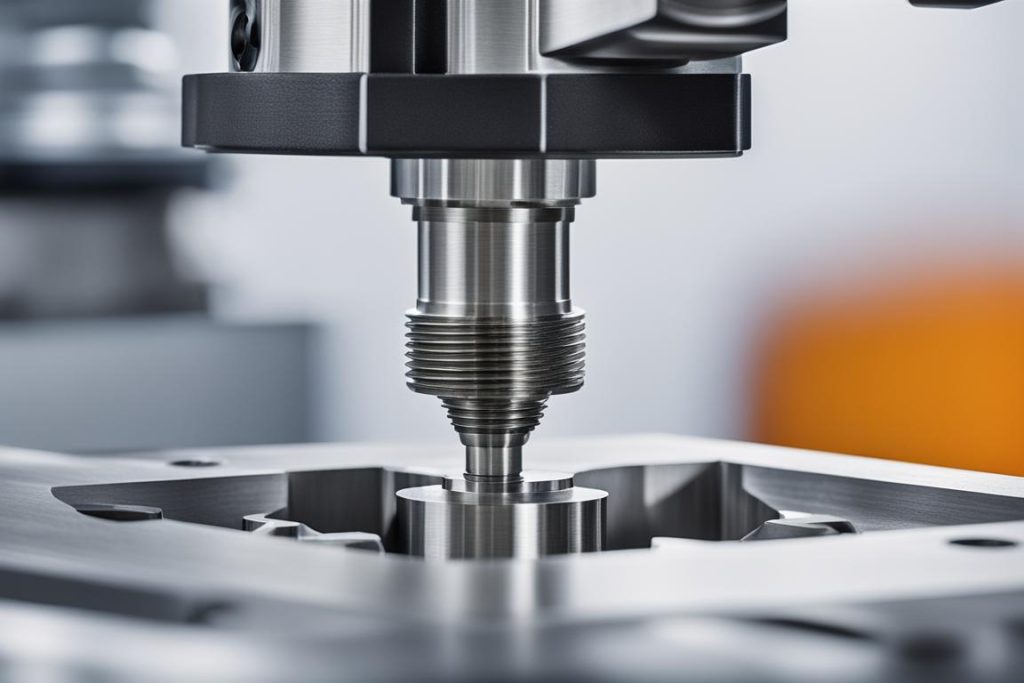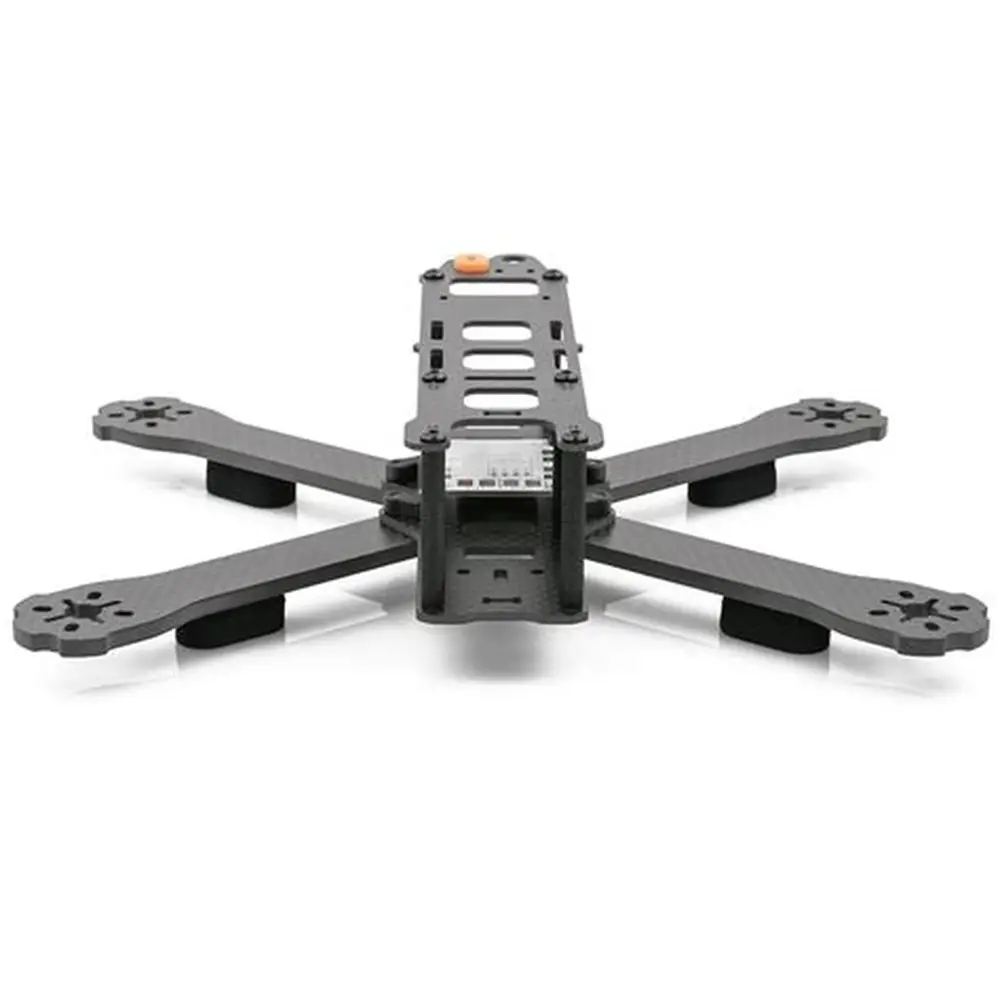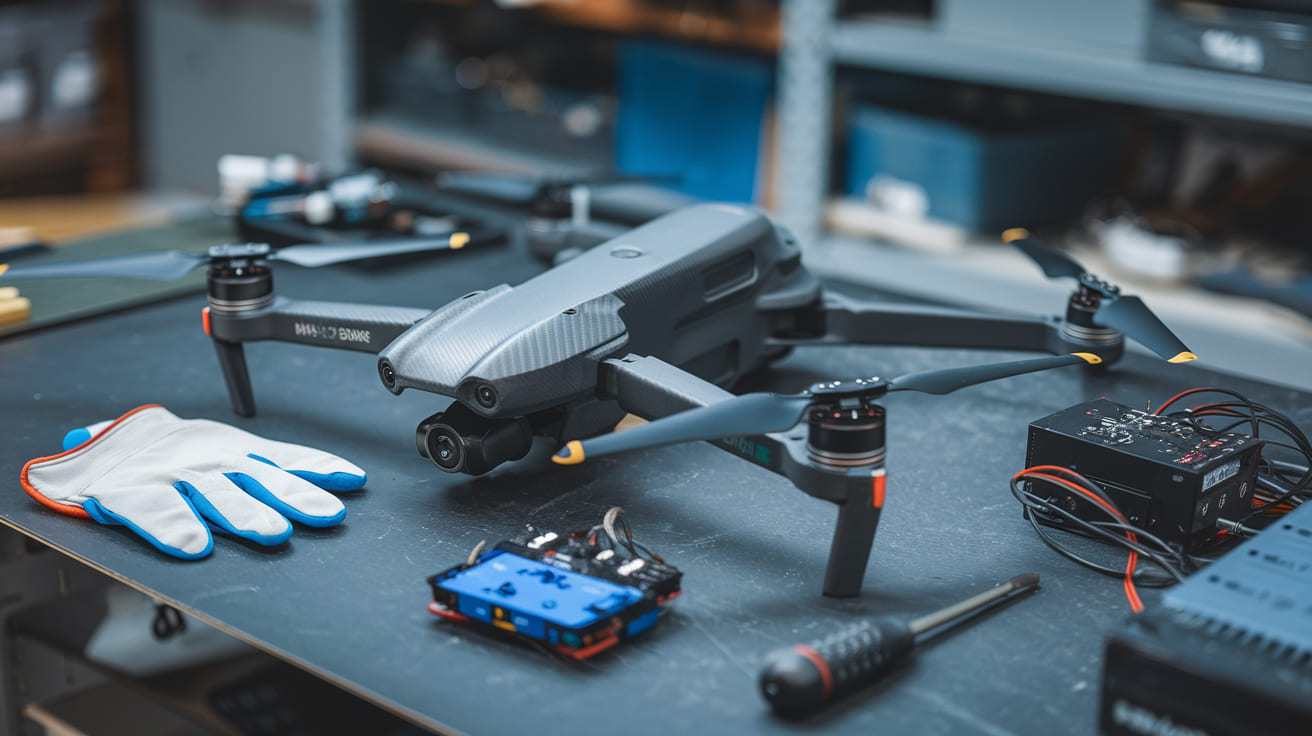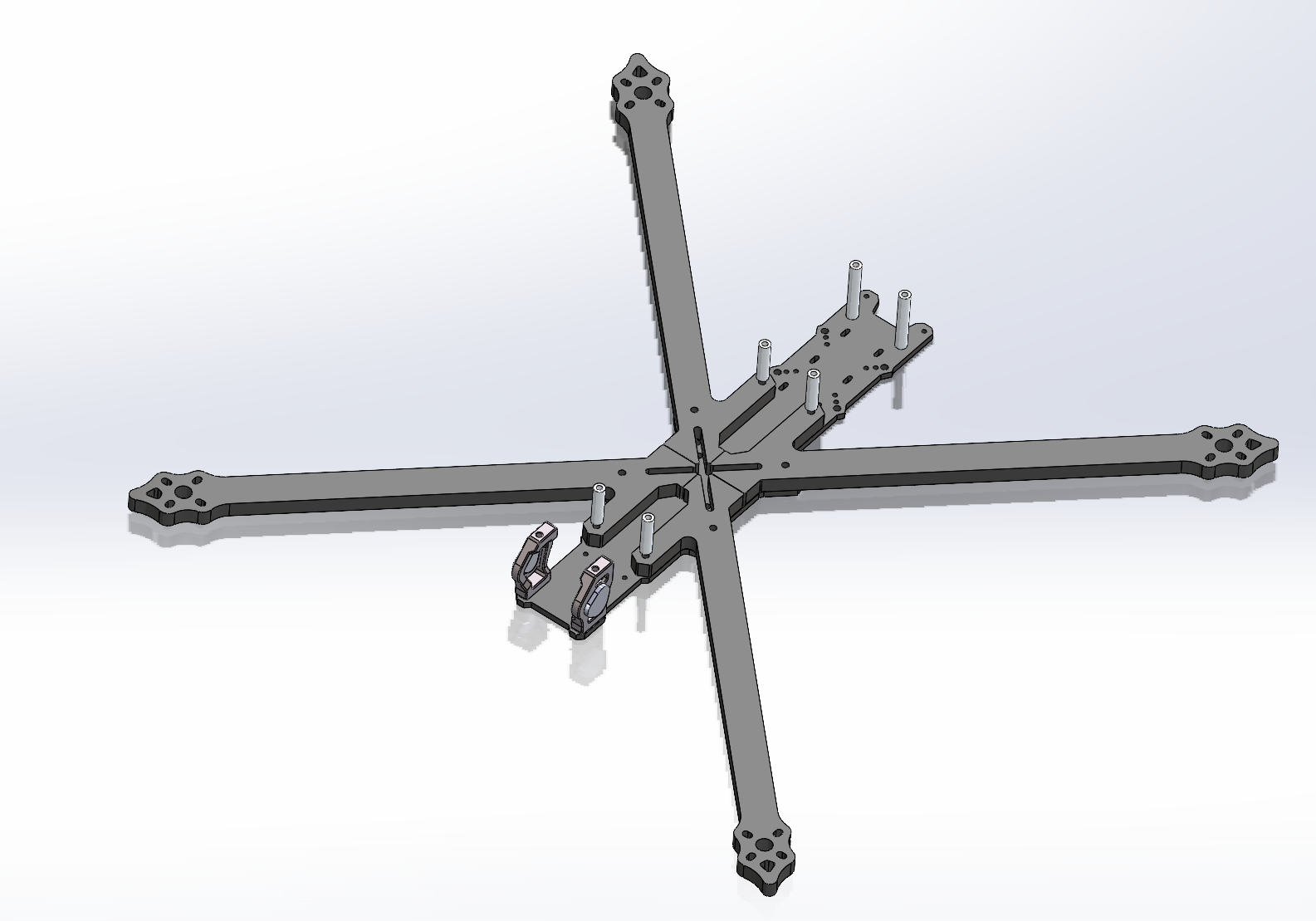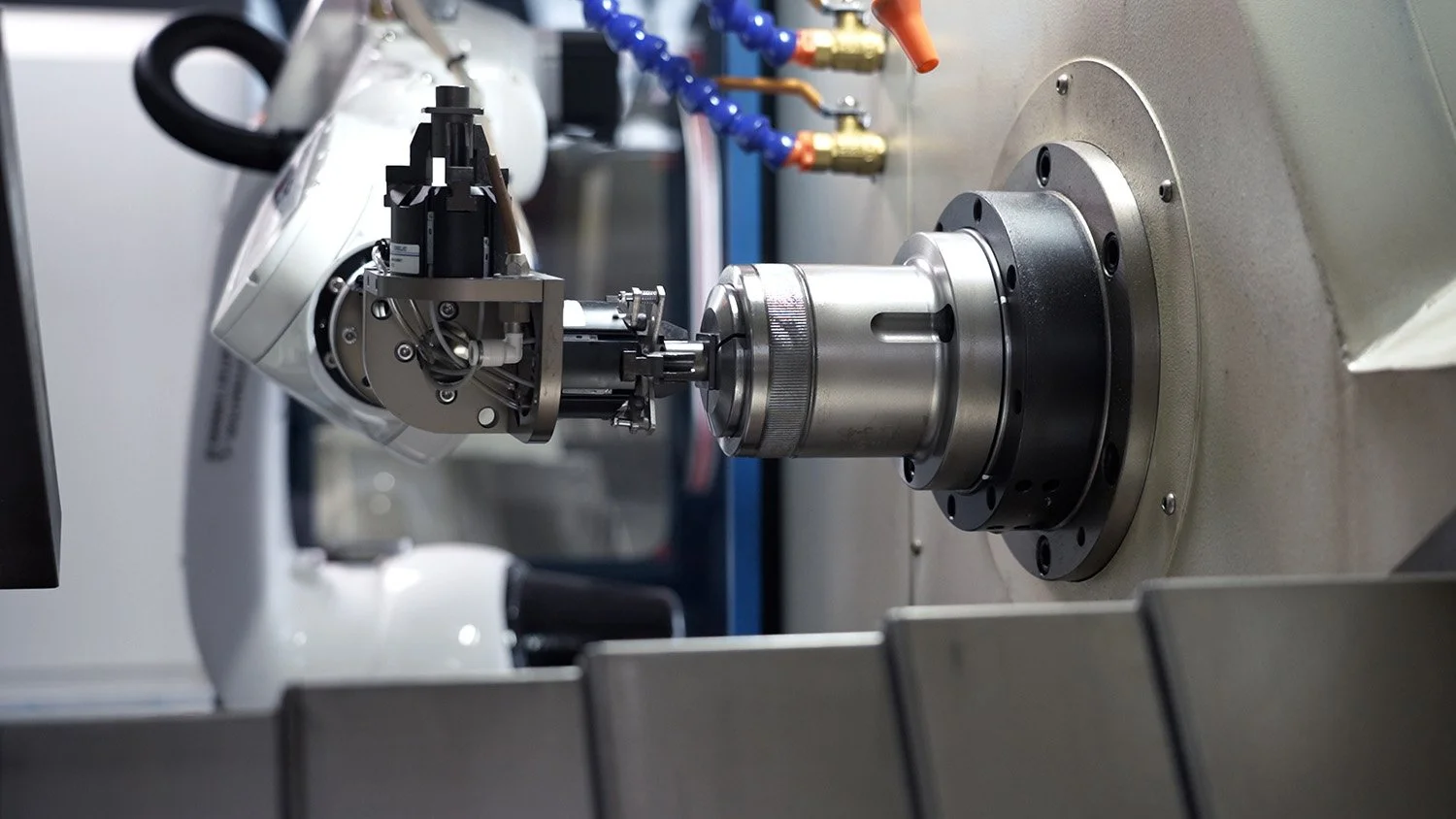The Complete Guide to Swiss Screw Machining Services: Precision Manufacturing for Miniature Components
Executive Summary
Swiss screw machining services represent the pinnacle of precision manufacturing for miniature components and complex geometries, offering unparalleled accuracy and repeatability for industries where exacting tolerances are non-negotiable. Originally developed for the Swiss watch industry in the 19th century, this advanced manufacturing technology has evolved into a sophisticated computer numerical control (CNC) process capable of producing complex parts with tolerances reaching ±0.0001 inches and surface finishes as fine as Ra 0.2μm. This comprehensive guide explores the technical capabilities, applications, and advantages of Swiss screw machining, providing engineering professionals and manufacturing decision-makers with essential insights into this precision manufacturing process. From medical implants and aerospace components to electronic connectors and defense applications, Swiss screw machining delivers the precision, efficiency, and reliability required for the most demanding manufacturing challenges across multiple industries.
1 Introduction to Swiss Screw Machining
Swiss screw machining began in the late 19th century as a specialized manufacturing process developed to produce precise components for Switzerland’s renowned watch industry. The technology was originally designed to create the tiny, intricate parts required for mechanical timepieces, where precision and consistency were paramount. Traditional lathes of the era couldn’t achieve the necessary precision for these miniature components, leading to the development of a new type of machining that would become known as Swiss screw machining.
The fundamental innovation of Swiss screw machining is the sliding headstock and guide bushing system. Unlike conventional lathes where the tool moves while the workpiece remains stationary, Swiss screw machines move the workpiece past the tools through a guide bushing that provides exceptional support immediately adjacent to the cutting area. This unique configuration minimizes deflection and vibration, enabling the production of parts with exceptional length-to-diameter ratios that would be impossible to manufacture on conventional equipment.
Modern Swiss screw machining has evolved significantly from its mechanical origins, incorporating computer numerical control (CNC) technology, multi-axis capabilities, and advanced automation. Today’s Swiss-type CNC machines can perform not only turning operations but also milling, drilling, tapping, threading, and complex machining operations in a single setup, making them incredibly efficient for producing complex miniature components across various industries.
2 How Swiss Screw Machining Works
The Swiss screw machining process operates on principles that differ fundamentally from conventional CNC machining, enabling its exceptional precision capabilities:
Guide Bushing Technology: The defining feature of Swiss screw machining is the guide bushing that supports the workpiece material immediately behind the cutting tools. This bushing, typically located within inches of the cutting operation, provides critical support that prevents deflection and vibration, allowing for extremely precise machining of long, slender parts that would be impossible to produce on conventional equipment.
Sliding Headstock Movement: In Swiss screw machines, the headstock moves the workpiece material along the Z-axis through the guide bushing while the cutting tools remain stationary. This contrasts with conventional lathes where the workpiece rotates in a fixed position while tools move to perform cutting operations. The sliding headstock provides exceptional control over workpiece movement, contributing to the process’s renowned precision.
Multi-Axis Simultaneous Machining: Modern CNC Swiss screw machines typically feature 5-axis to 7-axis capabilities, allowing for simultaneous machining operations from multiple angles. This multi-axis capability enables complete machining of complex parts in a single setup, eliminating the cumulative errors that can occur when moving parts between multiple machines for secondary operations.
Continuous Production Capability: Swiss screw machines are designed for continuous production with bar feeder systems that automatically load new material as each part is completed. This automation, combined with the ability to perform multiple operations in a single setup, makes Swiss screw machining exceptionally efficient for high-volume production of precision components.
Integrated Secondary Operations: Advanced Swiss screw machines incorporate live tooling that enables milling, drilling, and other secondary operations to be performed simultaneously with turning operations. This integration eliminates the need for secondary machining setups, reducing handling and improving overall accuracy.
Table: Comparison of Swiss Screw Machining vs. Conventional CNC Machining
| Parameter | Swiss Screw Machining | Conventional CNC Machining | Advantage |
|---|---|---|---|
| Maximum Length-to-Diameter Ratio | 10:1 to 20:1 | 3:1 to 5:1 | Better for long, slender parts |
| Typical Tolerances | ±0.0001″ (±0.0025mm) | ±0.0005″ (±0.0127mm) | Higher precision capabilities |
| Surface Finish (Ra) | 8-32 μin (0.2-0.8 μm) | 32-125 μin (0.8-3.2 μm) | Superior surface quality |
| Multi-Axis Capability | 5-7 axes simultaneous | 3-5 axes typically | More complex geometries in one setup |
| Material Efficiency | 85-95% | 70-85% | Less material waste |
| Setup Time | 2-4 hours | 4-8 hours | Faster changeover between jobs |
3 Technical Capabilities and Specifications
Swiss screw machining offers exceptional technical capabilities that make it suitable for manufacturing the most demanding precision components:
Dimensional Precision: Swiss screw machines can maintain tolerances as tight as ±0.0001 inches (±0.0025mm) on critical features, with typical production tolerances of ±0.0005 inches (±0.0127mm) achievable across extended production runs. This exceptional precision is maintained through the rigid support provided by the guide bushing and the thermal stability of modern CNC Swiss machines.
Size Range: Swiss screw machining is particularly suited for miniature components with diameters from 0.019 inches (0.48mm) up to 1.25 inches (32mm). Part length can reach up to 12 inches (300mm) depending on diameter and machine configuration, with optimal performance achieved on parts with higher length-to-diameter ratios.
Surface Finish Quality: The process delivers exceptional surface finishes typically in the range of Ra 0.2-0.8μm (8-32 μin) without secondary operations. The combination of high spindle speeds, precise feed control, and minimal vibration enables these fine finishes directly from the machine.
Production Volume: Swiss screw machining is economically viable for both prototype quantities (as low as 50-100 pieces) and high-volume production (millions of parts annually). The same CNC programming and setup can be used for both prototyping and production, ensuring consistency and simplifying the qualification process.
Material Versatility: Swiss screw machines can process an extensive range of materials including:
-
Stainless steels (303, 304, 316, 17-4 PH, 416)
-
Aluminum alloys (2024, 6061, 7075)
-
Titanium alloys (Ti-6Al-4V, CP titanium)
-
Copper alloys (brass, bronze, beryllium copper)
-
Nickel alloys (Inconel, Monel, Hastelloy)
-
Engineering plastics (PEEK, Delrin, Nylon, UHMW)
-
Exotic materials (Nitinol, Tungsten, Ceramic composites)
4 Advantages of Swiss Screw Machining
Swiss screw machining offers numerous advantages over conventional machining processes for precision component manufacturing:
Exceptional Precision: The guide bushing system provides unmatched support for the workpiece, enabling machining of long, slender parts with tolerances that are impossible to achieve with conventional methods. This precision is maintained consistently across production runs, making Swiss screw machining ideal for components where exacting tolerances are critical.
Single-Setup Manufacturing: Modern CNC Swiss machines with multi-axis capabilities and live tooling can complete even complex parts in a single setup. This eliminates the cumulative errors that occur when moving parts between multiple machines and reduces handling, improving overall quality and efficiency.
Superior Surface Finish: The combination of high spindle speeds, precise feed control, and minimal vibration produces exceptional surface finishes directly from the machine. This often eliminates the need for secondary finishing operations, reducing cost and lead time while maintaining tighter dimensional control.
Material Efficiency: Swiss screw machining is exceptionally efficient in material usage, with yields of 85-95% common for many components. The guide bushing support allows machining closer to the final dimensions with less need for excess material to prevent deflection, reducing material costs particularly for expensive alloys.
Production Efficiency: The continuous production capability with bar feeders and automated part handling enables lights-out manufacturing with minimal operator intervention. This automation, combined with fast cycle times, makes Swiss screw machining highly efficient for both medium and high-volume production.
Design Flexibility: The multi-axis capabilities and live tooling of modern CNC Swiss machines enable production of highly complex geometries that would be difficult or impossible to manufacture with other methods. This design freedom allows engineers to create optimized components without manufacturing constraints.
5 Applications Across Industries
Swiss screw machining serves critical functions across diverse industries where precision, reliability, and miniaturization are essential:
Medical Device Components
The medical industry represents one of the most significant applications for Swiss screw machining, with components including:
-
Surgical instruments with complex geometries and precise actuation features
-
Implantable devices including bone screws, spinal implants, and dental components
-
Diagnostic equipment parts requiring precision fluid paths and mechanical interfaces
-
Drug delivery systems with miniature components and precise metering features
Medical applications typically require materials with excellent biocompatibility such as 316L stainless steel, titanium alloys, and PEEK, with surface finishes and tolerances that ensure proper function and cleanability.
Aerospace and Defense Components
The aerospace and defense industries utilize Swiss screw machining for critical components including:
-
Avionics components with precise electrical interfaces and shielding requirements
-
Guidance system parts requiring extreme precision and reliability
-
Engine components with high-temperature capabilities and tight tolerances
-
Weapon system parts with reliable operation in demanding environments
Aerospace applications often require materials with high strength-to-weight ratios and temperature resistance, such as titanium alloys, Inconel, and specialty steels, with documentation and traceability meeting industry standards like AS9100.
Electronic Components
The electronics industry uses Swiss screw machining for precision components including:
-
Connectors with precise pin spacing and complex geometries
-
Sensor components requiring minimal mass and precise movement
-
RF shielding with precise dimensions for frequency control
-
Heat sinks with complex fin structures and mounting features
Electronic applications often require materials with specific electrical properties, thermal conductivity, or non-magnetic characteristics, with precision ensuring proper electrical contact and performance.
Automotive Components
The automotive industry, particularly high-performance and specialty vehicles, utilizes Swiss screw machining for components including:
-
Fuel system components with precise metering and sealing features
-
Transmission parts with critical tolerances for proper operation
-
Sensor components for engine management and safety systems
-
Custom fasteners with specialized features and materials
Automotive applications often require materials with specific wear characteristics, temperature resistance, or corrosion protection, with volumes ranging from specialty vehicles to high-production models.
Table: Swiss Screw Machining Applications by Industry
| Industry | Typical Components | Common Materials | Tolerance Requirements | Surface Finish Requirements |
|---|---|---|---|---|
| Medical | Surgical instruments, implants | 316L SS, Ti-6Al-4V, PEEK | ±0.0001″ (±0.0025mm) | Ra 0.2-0.4μm (8-16 μin) |
| Aerospace | Avionics, engine components | Ti-6Al-4V, Inconel, 7075 Al | ±0.0002″ (±0.005mm) | Ra 0.4-0.8μm (16-32 μin) |
| Electronics | Connectors, sensors | Brass, Phosphor Bronze, Aluminum | ±0.0005″ (±0.0127mm) | Ra 0.4-0.8μm (16-32 μin) |
| Automotive | Fuel system, sensor components | 303 SS, 416 SS, Brass | ±0.0005″ (±0.0127mm) | Ra 0.8-1.6μm (32-63 μin) |
| Defense | Guidance systems, weapons | 4140 Steel, Stainless Steel | ±0.0002″ (±0.005mm) | Ra 0.4-0.8μm (16-32 μin) |
6 Material Selection for Swiss Screw Machining
The selection of appropriate materials is critical for successful Swiss screw machining, with different materials offering varying machining characteristics and performance properties:
Stainless Steels: Various grades of stainless steel provide corrosion resistance, high strength, and durability for components that must withstand harsh environments or sterilization. 303 stainless offers excellent machinability with added sulfur, while 316L provides superior corrosion resistance for medical and marine applications. 17-4 PH can be heat treated after machining to achieve high strength levels while maintaining good corrosion resistance.
Aluminum Alloys: Aluminum provides excellent machinability, light weight, and good thermal conductivity for electronic and aerospace applications. 6061 aluminum offers good overall mechanical properties and corrosion resistance, while 7075 provides higher strength for demanding applications.
Titanium Alloys: Titanium offers exceptional strength-to-weight ratio and biocompatibility for aerospace and medical applications. Ti-6Al-4V is the most commonly used titanium alloy, providing an excellent balance of strength, corrosion resistance, and manufacturability.
Copper Alloys: Brass and other copper alloys offer excellent electrical conductivity, thermal conductivity, and corrosion resistance. These materials are ideal for electronic components, plumbing fixtures, and decorative applications where both functionality and appearance are important.
Engineering Plastics: Various plastic materials can be machined on Swiss screw machines to create components with specific chemical resistance, electrical insulation, or weight reduction requirements. Materials such as PEEK, Delrin (POM), Nylon (PA), and UHMW offer unique combinations of properties for specialized applications.
Exotic and Specialty Alloys: For extreme applications, materials such as Inconel, Monel, Hastelloy, and Nitinol can be machined to create components that must withstand elevated temperatures, corrosive environments, or maintain functionality under extreme mechanical stress.
7 Quality Assurance and Metrology
Maintaining consistent quality in Swiss screw machining requires comprehensive quality systems and advanced metrology capabilities:
Statistical Process Control (SPC): Modern Swiss screw machining facilities implement SPC to monitor key process parameters including tool wear, dimensional accuracy, and surface finish. Control charts track process stability and capability, while automated data collection from machine tools and measurement equipment provides real-time process monitoring.
Advanced Metrology Equipment: Precision measurement equipment is essential for verifying component quality, including:
-
Coordinate measuring machines (CMM) with scanning capabilities for complete geometric analysis
-
Optical comparators and vision systems for rapid non-contact measurement of 2D features
-
Laser scanners for capturing complex 3D geometries for comparison with CAD models
-
Surface roughness testers for quantifying surface finish parameters according to international standards
Material Certification: Traceability documentation confirms that materials meet specified requirements for composition, mechanical properties, and heat treatment. This certification is particularly important for regulated industries such as medical and aerospace where material properties directly impact safety and performance.
First Article Inspection: Comprehensive dimensional verification of initial production components ensures that all features conform to design specifications before proceeding with full production. This process typically involves complete geometric dimensioning and tolerancing (GD&T) verification using multiple measurement techniques.
Documentation and Traceability: Complete inspection reports provide detailed records of component conformity to design specifications, supporting design validation and regulatory submission processes. Unique part identification using data matrix codes or RFID tags enables complete traceability throughout the manufacturing process and product lifecycle.
8 Case Studies: Swiss Screw Machining in Practice
Case Study 1: Medical Bone Screw Manufacturing
A medical device company required titanium bone screws for spinal fusion surgery with complex thread forms and precise drive features that would withstand insertion torque without failure.
Challenge: Produce 50,000 units annually from Ti-6Al-4V with thread tolerances of ±0.0002″ and surface finish of Ra 0.4μm on all functional surfaces. The components required complete traceability and validation documentation for FDA approval.
Solution: JL YPT utilized CNC Swiss screw machines with high-pressure coolant through the tools for efficient titanium machining. In-process gaging verified critical features on 100% of parts, while automated sorting organized completed parts by production lot. Electropolishing after machining provided the required surface finish and enhanced corrosion resistance.
Results: The production process achieved Cpk values exceeding 2.0 for all critical features, with annual production of 52,000 units. The comprehensive documentation supported successful FDA 510(k) clearance, and the manufacturing process validated during production served as the foundation for scale-up to higher volumes.
Case Study 2: Aerospace Sensor Component
An aerospace manufacturer needed housing components for flight-critical sensors from Inconel 718 with complex internal passages and precision mounting features that would maintain accuracy across temperature extremes.
Challenge: Manufacture 20,000 units annually with bore geometry held within 0.0005″ straightness and concentricity of 0.0008″ between mounting features. The components needed to maintain dimensional stability across a temperature range from -65°F to 350°F.
Solution: Multi-axis Swiss machining centers with Y-axis capability produced the complex internal geometries and mounting features. The process included specific toolpath strategies to minimize residual stress and ensure stability after heat treatment. A specialized thermal cycling process validated dimensional stability across the required temperature range.
Results: The components demonstrated consistent performance across temperature extremes, with all units passing functional testing. The manufacturing process achieved first-pass acceptance of all critical characteristics, and the components have performed without failure in service for over 5,000 flight hours.
Case Study 3: Electronic Connector Component
An electronics manufacturer required precision pins for high-frequency connectors from beryllium copper with complex cross-section and gold plating for reliable electrical contact.
Challenge: Produce 500,000 units annually with cross-sectional dimensions held within ±0.0001″ and surface finish of Ra 0.2μm on contact surfaces. The parts required selective gold plating with precise thickness control without affecting dimensional accuracy.
Solution: Swiss screw machines with specialized tooling produced the complex cross-sections with the required precision. In-process monitoring controlled tool wear to maintain consistent dimensions throughout production runs. A specialized masking and plating process applied gold precisely to contact areas without affecting critical dimensions.
Results: The connectors achieved excellent electrical performance with consistent contact resistance below 5mΩ. Production volume reached 525,000 units annually with on-time delivery performance of 99.8%. The precision manufacturing process enabled the customer to achieve higher data rates in their connector systems.
9 Future Trends in Swiss Screw Machining
The field of Swiss screw machining continues to evolve with several emerging trends shaping its future development:
Additive and Subtractive Hybridization: The combination of additive manufacturing for complex features and Swiss machining for precision surfaces creates new possibilities for part geometries and production efficiency. This hybrid approach is particularly valuable for conformal cooling channels and lightweight structural components with internal lattice structures.
IoT and Industry 4.0 Integration: Modern Swiss screw machines are increasingly connected within smart manufacturing environments. Real-time monitoring of machine conditions, predictive maintenance based on actual usage patterns, and adaptive control systems that optimize processes based on sensor data are becoming standard features.
Artificial Intelligence and Machine Learning: AI-powered optimization of machining parameters, tool wear prediction, and quality forecasting enhance the efficiency and reliability of Swiss screw machining processes. Computer vision systems automatically detect tool condition, surface defects, and dimensional deviations.
Sustainable Manufacturing Practices: Energy-efficient equipment, recycling of machining coolants and chips, and optimized material usage reduce the environmental impact of Swiss screw machining. Lightweighting techniques reduce material consumption, while closed-loop manufacturing systems recycle cutting fluids and metal chips.
Miniaturization: The continuing trend toward smaller components with more complex features drives advancements in Swiss screw machining technology. Micro-machining capabilities are expanding to produce even smaller components for medical, electronic, and aerospace applications.
10 Conclusion: The Strategic Value of Swiss Screw Machining
Swiss screw machining services provide unparalleled capabilities for manufacturing precision components that are essential across multiple industries including medical, aerospace, electronics, and defense. The unique combination of exceptional precision, single-setup manufacturing, and production efficiency makes Swiss screw machining the preferred choice for components where quality, reliability, and performance are non-negotiable.
The continuing evolution of CNC technology, multi-axis capabilities, and smart manufacturing integration is further enhancing the precision, efficiency, and capabilities of Swiss screw machining processes. Companies that leverage these advanced manufacturing capabilities position themselves to develop innovative products, improve performance, and maintain competitive advantage in demanding markets.
At JL YPT, we combine state-of-the-art Swiss screw machining capabilities with extensive experience across diverse industries. Our facilities include advanced CNC Swiss machines, comprehensive quality assurance equipment, and digital manufacturing systems that ensure your components meet the highest standards of precision, quality, and reliability.
Ready to discuss your Swiss screw machining project? Contact JL YPT today to leverage our expertise for your most challenging precision manufacturing requirements.
